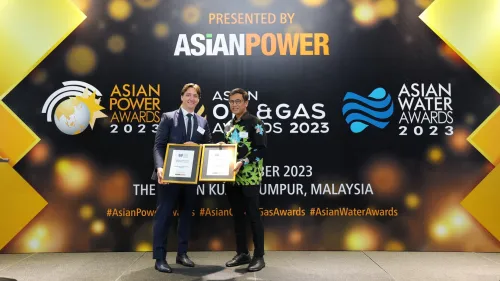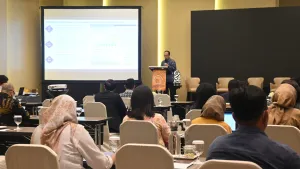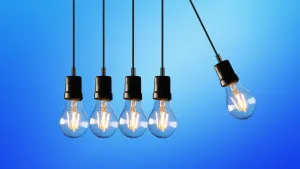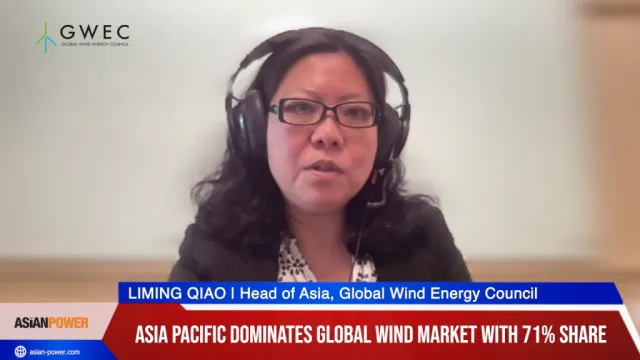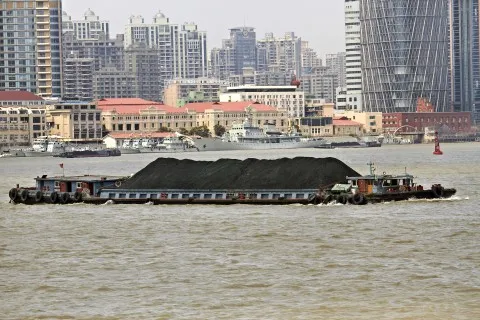
"Sludge" can potentially power China's big cities: World Resources Institute
Emissions will also be slashed in the process.
It was last December when China hit a multiple whammy of environmental problems--smog levels hit "red alert" status and air pollution hit 10 times beyond WHO's recommended limit pushing schools, offices, and roads to be closed and inaccessible for citizens.
All the while, life went on normally for residents in neighboring cities and coal-burning factories continued to run.
Lijin Zhong, Xiaotian Fu, Betsy Otto and Andrew Maddocks wrote in World Resources Institute that a possible solution for this could be bioenergy or sludge-to-power treatment.
Here's what they wrote about the potential of sludge:
Bioenergy plants work by converting the organic matter, or “sludge,” left over from treated sewage into electricity. The plant heats the solid waste, then employs microbes to digest it, which produce methane. The plant then burns that methane to generate power for water treatment. Excess methane can generate electricity for the facility, or power cars as a substitute for compressed natural gas (CNG). Leftover solid waste is sterilized, and can be used as fertilizer for certain types of crops. Other sludge-energy byproducts – called biochar – can be used to grow potted trees on landfill sites to restore landscapes or on city streets to help lower temperatures and improve air quality.
A WRI study recently analyzed the potential for sludge-to-energy systems in Xiangyang, China. After examining nutrient recovery, energy consumption, greenhouse gas emissions, reclaimed methane and cost of sludge disposal systems, we found that sludge-to-energy systems can make a positive environmental impact. They reduce solid wastes, greenhouse gases and water pollution, all while saving money. Selling fertilizer, biochar and even extra energy back to the grid can create new revenue for a wastewater treatment plant.
City managers should start to see sludge as a resource, rather than as a waste product, that they can incorporate into low-carbon development plans. This is particularly important because China’s wastewater treatment plants produce 30 million tons of sludge per year that must otherwise be hauled away by truck and disposed of. Bioenenergy systems not only reduce those tons of solid waste that are usually spread on the land or in landfills, polluting streams and groundwater, they also reduce the greenhouse gases and other environmental impacts associated with thousands of truck trips to and from treatment plants.
View the full article here.


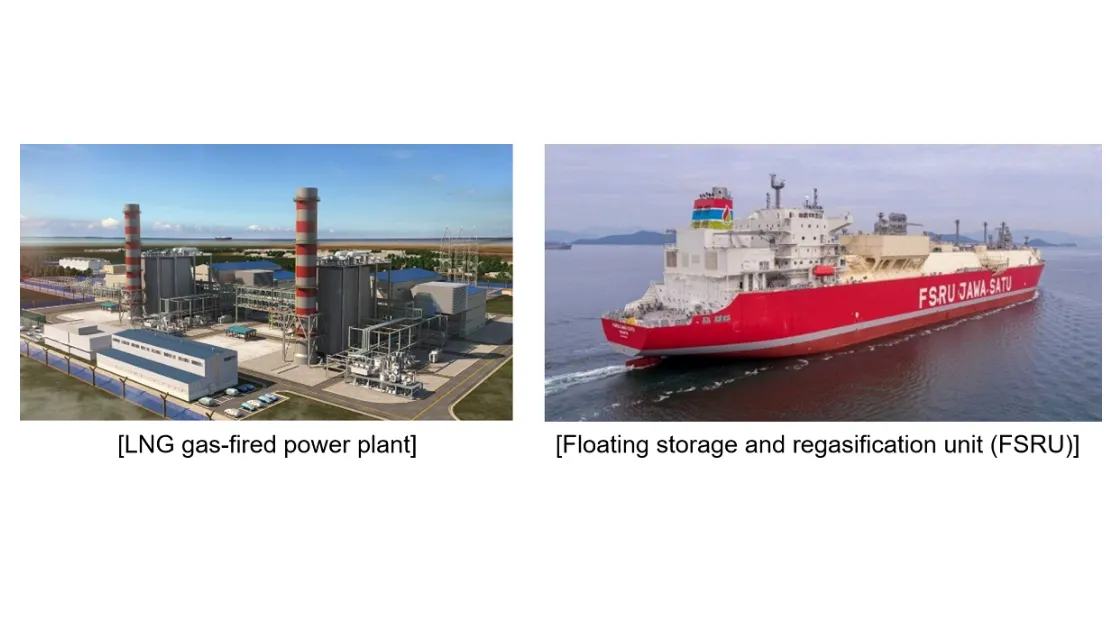
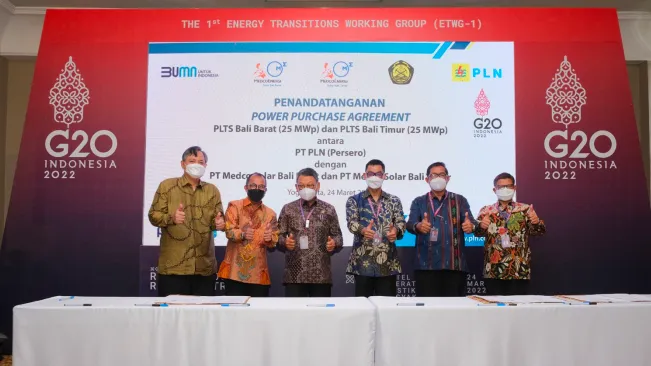





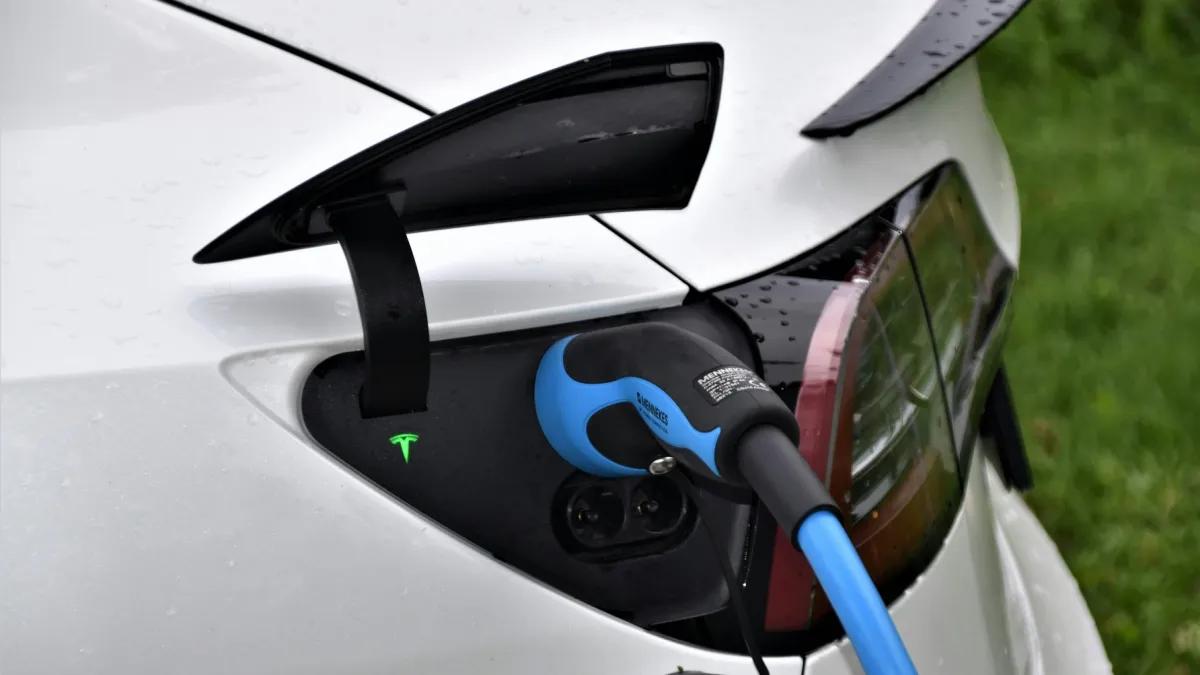



 Advertise
Advertise
